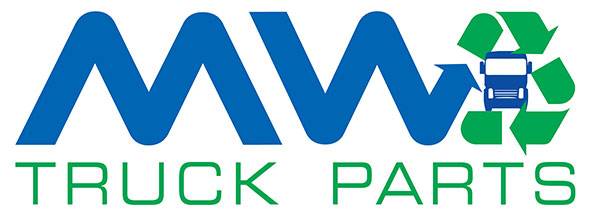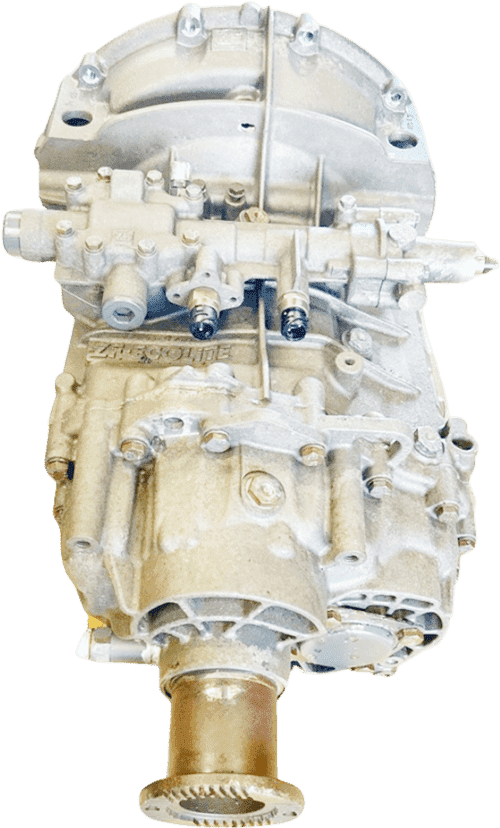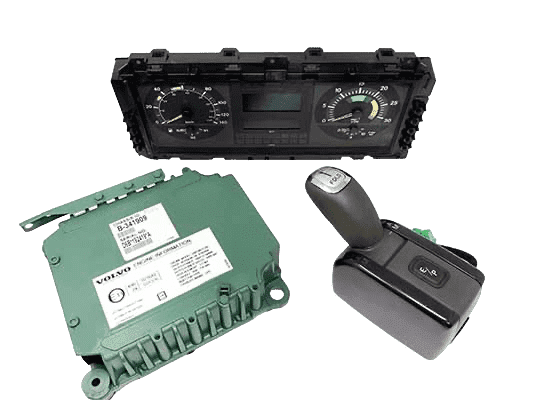A hydraulic oil piston pump can power your truck’s wet kit. It converts mechanical energy from the PTO into hydraulic pressure for tippers, walking floors, and other equipment.
Understanding how these pumps work helps you choose the correct specifications for your application. We provide more colour below.
How piston pumps operate
Your hydraulic piston pump uses an array of pistons arranged around a central drive shaft. These pistons sit in precisely machined bores within a cylinder block.
The swashplate design determines pump displacement. As the drive shaft rotates, this angled plate causes the pistons to reciprocate in their bores.
The greater the plate angle, the longer the stroke and the higher the displacement. Some advanced pumps allow variable swashplate angles for adjustable flow rates.
The intake phase begins as each piston retracts, creating a vacuum that draws oil from your reservoir through the inlet port and check valve. Proper oil temperature and viscosity are crucial here – cold oil flows poorly, while overheated oil loses lubricity.
Power and pressure ratings
Modern piston pumps deliver impressive specifications. A 6-piston unit can displace 60 litres per 1000 RPM while maintaining working pressures of 300 BAR.
Further reading: How to choose a walking floor wet kit
Larger 9-piston versions push this to 105 litres per 1000 RPM, though at a slightly lower working pressure of 250 BAR.
Choosing the right displacement
Your choice of displacement affects how quickly your hydraulic equipment operates. A 105L pump moves more oil per revolution than an 85L unit, potentially speeding up operations like trailer tipping. However, higher displacement often means lower maximum RPM—1300 RPM rather than 1500 RPM for smaller pumps.
Speed and efficiency considerations
All piston pumps in truck applications are bidirectional, meaning they work regardless of rotation direction.
Maximum speeds range from 1300 to 1500 RPM, but continuous operation should remain below these limits for optimal service life.
Installation requirements
Proper pump installation starts with matching your inlet and outlet specifications.
Most piston pumps use a 1¼” BSP inlet for optimal oil flow from the reservoir, while outlets range from ¾” to 1″ BSP depending on displacement. Using incorrectly sized fittings restricts flow and can lead to cavitation damage.
Further reading: Combination wet kits for powering heavy equipment
The pump’s substantial weight—typically 14.5-19 KG—demands support. Your mounting bracket must be rated for at least double the pump’s weight. The bracket should also allow maintenance access to inlet and outlet ports.
Safety and maintenance
Maximum pressure ratings of 350 BAR exist to protect your system components.
Exceeding these limits, even briefly, can rupture seals, damage internal components, or cause catastrophic pump failure.
Install a properly sized pressure relief valve to prevent over-pressurisation and keep maintenance records with pressure readings, oil temperatures, and any unusual sounds or vibrations you experience during testing.
Additional reading: A guide to truck hydraulics fitting and adapters



















[…] Related: How hydraulic oil piston pumps work […]